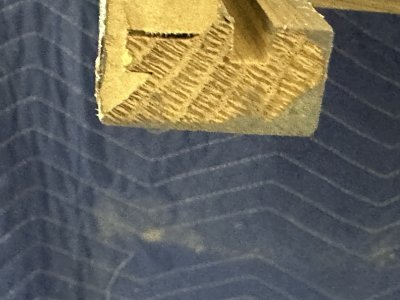I am looking to build sealed subwoofer cabinets out of 18 or 22mm Plywood using butt joints.
What would be optimal brad nails length for glueing up purposes?
For all 18mm ply build? - 1) face to edge connection and 2) double skin face (baffle) to single skin edge connection 3) just double skin baffle.
And same questions if it would be all 22mm ply build.
When doing face to edge for butt joints - should I shoot nails at small angle to go across layers of edge of ply or can I go at 90' angle without worrying about splitting edge of 18 / 22mm ply wood?
Thanks
What would be optimal brad nails length for glueing up purposes?
For all 18mm ply build? - 1) face to edge connection and 2) double skin face (baffle) to single skin edge connection 3) just double skin baffle.
And same questions if it would be all 22mm ply build.
When doing face to edge for butt joints - should I shoot nails at small angle to go across layers of edge of ply or can I go at 90' angle without worrying about splitting edge of 18 / 22mm ply wood?
Thanks




